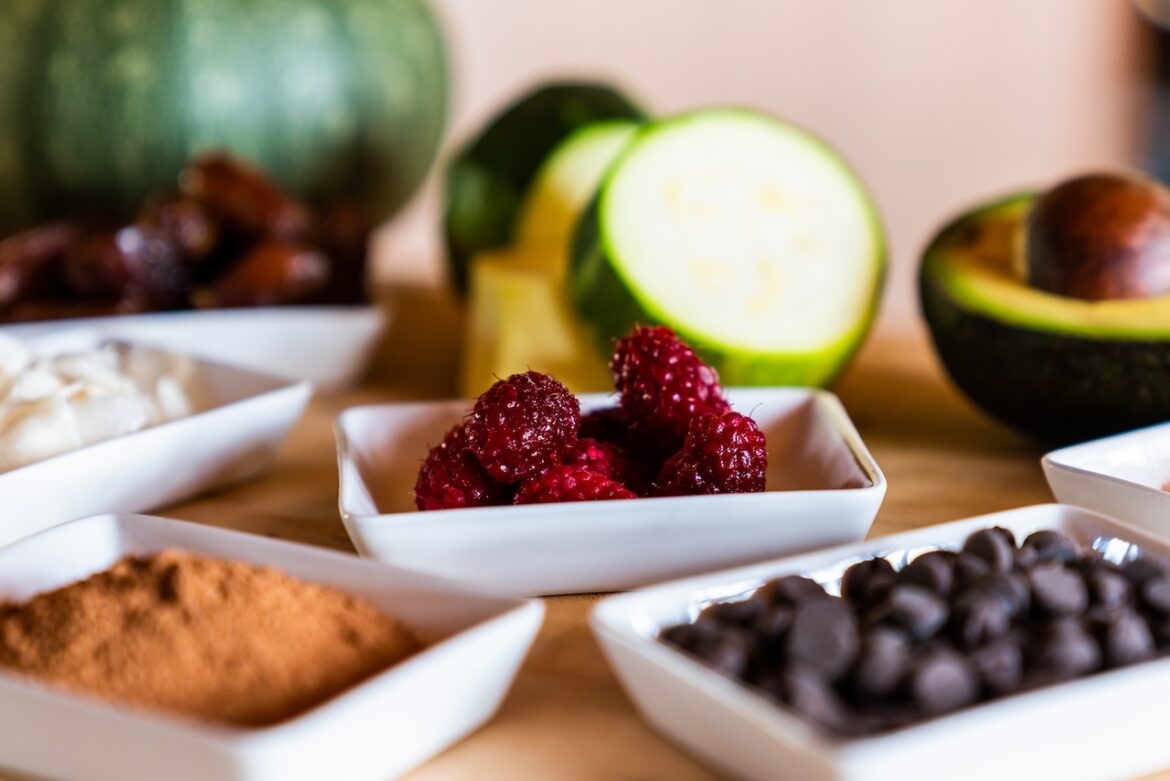Managing kidney health often involves making significant dietary changes, and one of the most impactful adjustments is reducing sodium intake. Excess sodium can raise blood pressure and make your kidneys work harder, which can be damaging over time. Learning to plan low-sodium meals is a powerful step toward protecting your kidney function, but it can feel overwhelming at first. Professional nutrition counseling services can provide personalized guidance, helping you navigate these changes with confidence and create a sustainable, kidney-friendly eating plan.
Read Labels and Understand Sodium Content
The first step in reducing sodium is becoming a savvy food label reader. You might be surprised to find high levels of sodium lurking in foods that don’t even taste salty, like bread, cereals, and sauces. When you check the nutrition facts panel, look for the amount of sodium per serving. A food is generally considered low in sodium if it contains 140 milligrams (mg) or less per serving. Pay close attention to serving sizes, as it’s easy to consume multiple servings in one sitting, quickly adding up your sodium intake.
Cook More Meals at Home
One of the most effective ways to control your sodium intake is to cook your own meals. Restaurant food and pre-packaged meals are often loaded with salt for flavor and preservation. When you cook at home, you are in complete control of the ingredients. You can measure exactly how much salt you add, or better yet, replace it with other flavor enhancers. Cooking at home doesn’t have to be complicated. Simple, fresh ingredients are naturally low in sodium and can be prepared quickly and easily.
Flavor Your Food Without Salt
Cutting back on salt doesn’t mean your food has to be bland. There is a whole world of flavor to explore beyond the salt shaker. Experiment with a variety of herbs and spices to season your dishes. Garlic powder (not garlic salt), onion powder, paprika, chili powder, and dried herbs like oregano, basil, and rosemary are all excellent choices. Fresh ingredients like citrus juice (lemon and lime), vinegar, fresh garlic, and onions can also add a powerful punch of flavor to your meals without adding any sodium.
Focus on Fresh, Whole Foods
A diet centered on fresh, whole foods is naturally lower in sodium. Processed and packaged foods are typically the biggest sources of salt in the modern diet. Build your meals around ingredients like:
- Fresh fruits and vegetables: These are virtually sodium-free and packed with essential vitamins and minerals.
- Lean proteins: Choose fresh cuts of meat, poultry, and fish. Avoid processed meats like bacon, sausage, and deli meats, which are very high in sodium.
- Whole grains: Opt for plain rice, quinoa, and oats instead of pre-seasoned grain mixes.
By making these fresh ingredients the foundation of your diet, you will automatically reduce your sodium consumption.
Plan Your Meals in Advance
Meal planning is a powerful tool for sticking to any dietary goal, including a low-sodium diet. Take some time each week to plan your meals and snacks. Create a grocery list based on your plan, focusing on fresh ingredients and low-sodium packaged goods. When you have a plan and the right foods on hand, you’ll be less likely to resort to high-sodium convenience foods or takeout when you’re busy or tired.
Take Control of Your Kidney Health
Adopting a low-sodium diet is a proactive and effective way to support your kidney health. By reading labels, cooking at home, and using salt-free seasonings, you can significantly reduce your sodium intake without sacrificing flavor. These changes can feel like a big adjustment, so remember to be patient with yourself. For personalized advice and a plan tailored to your specific health needs, consider speaking with a registered dietitian or your healthcare provider. They can help you create a delicious and sustainable low-sodium eating plan that works for you.



